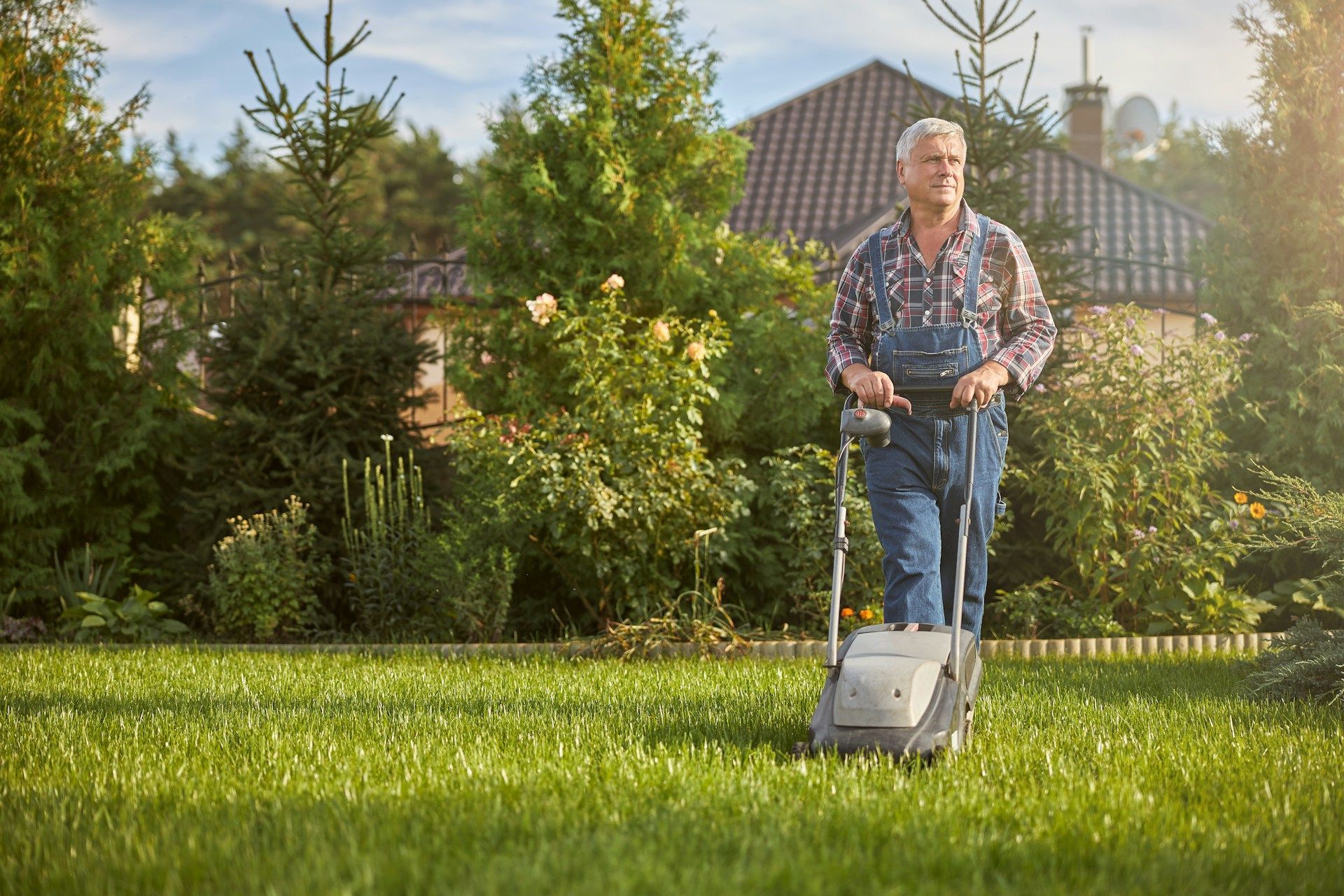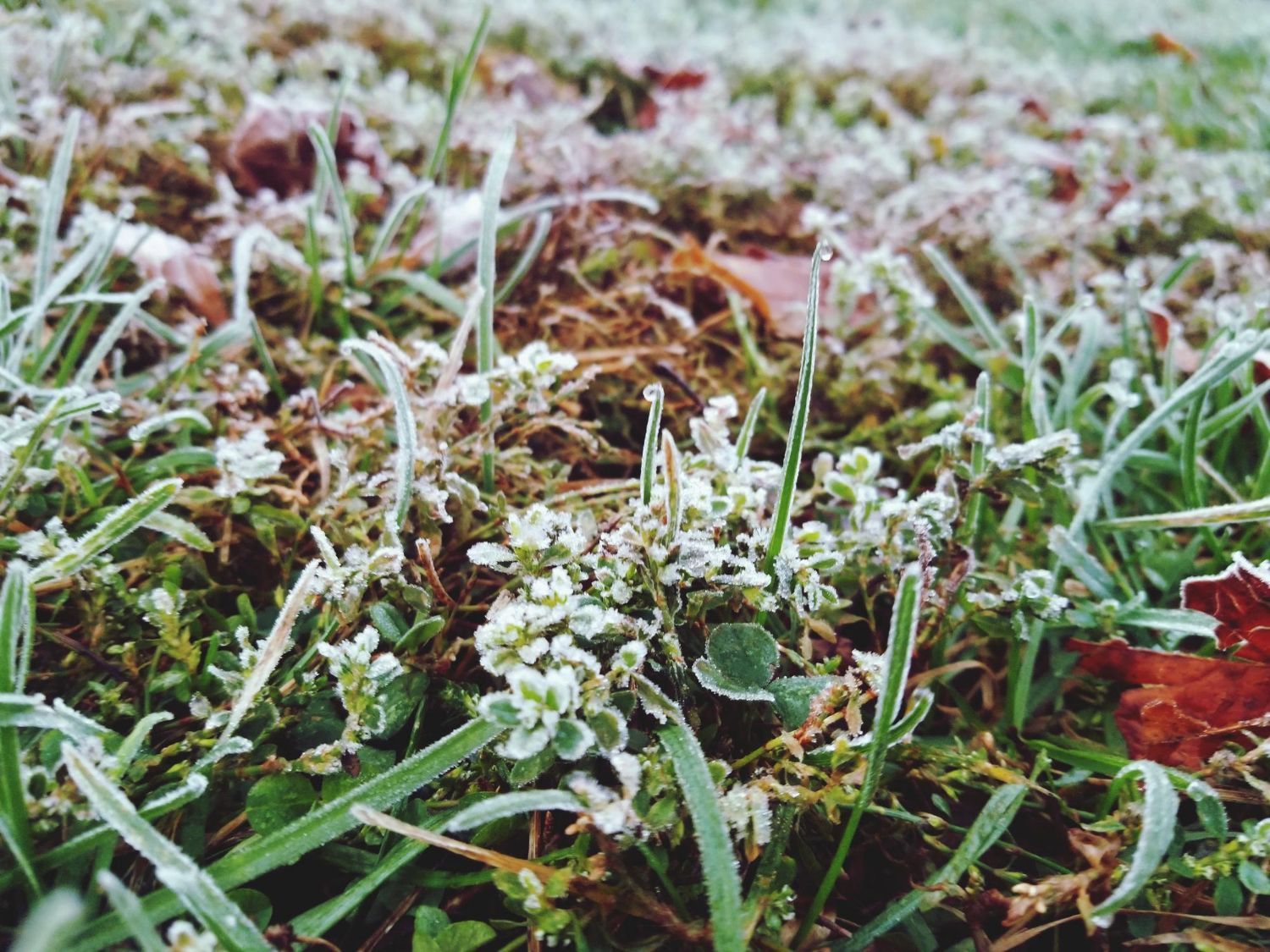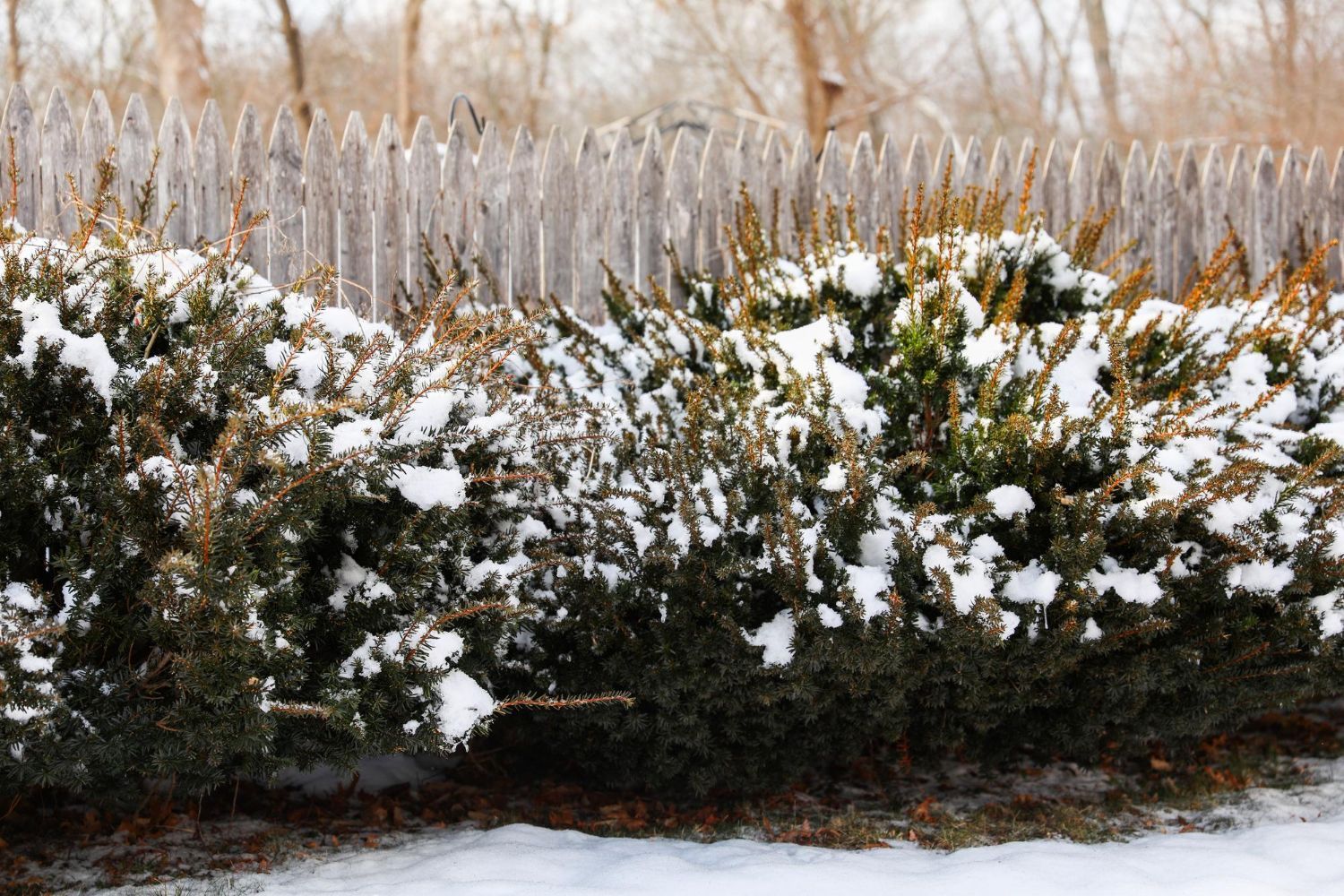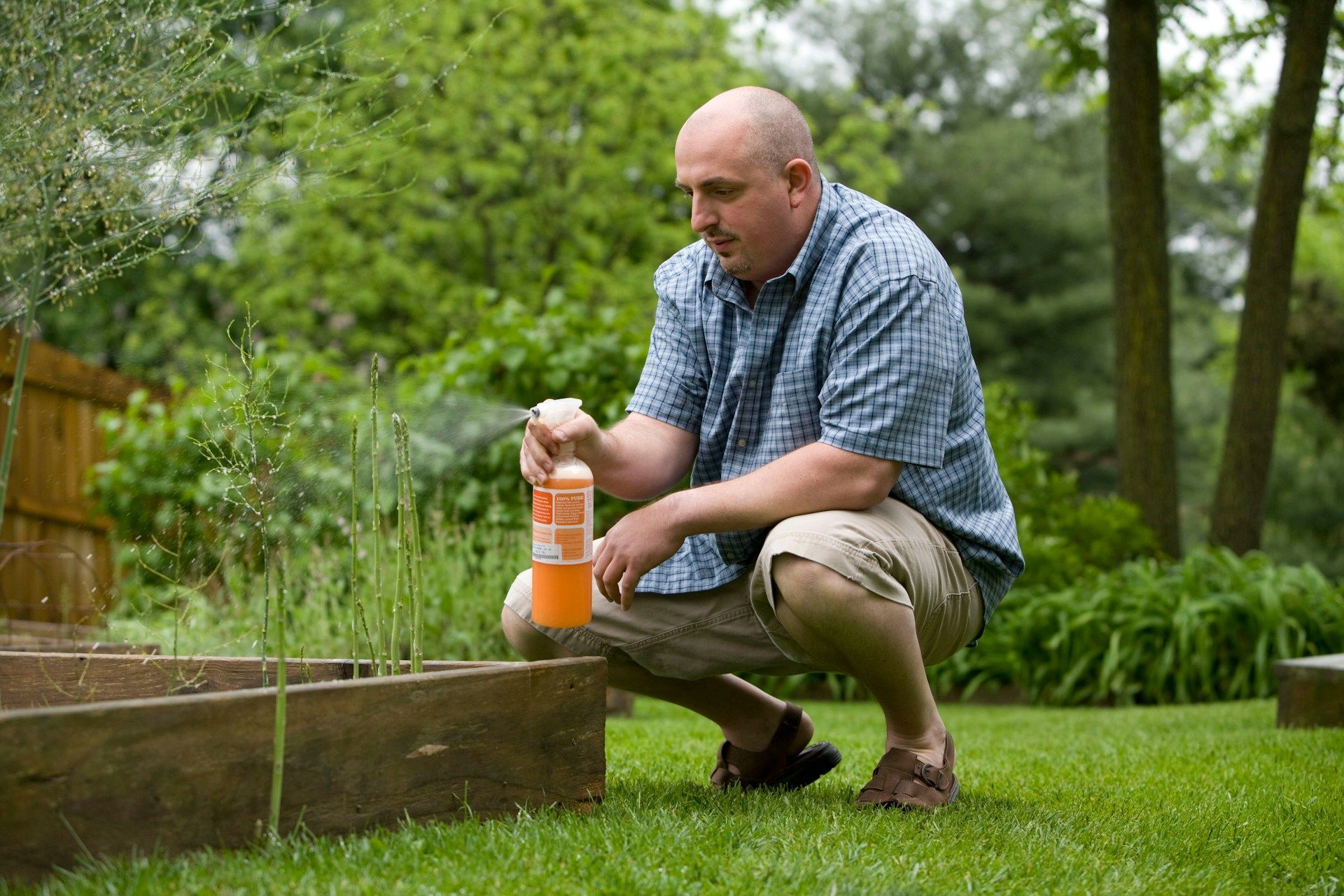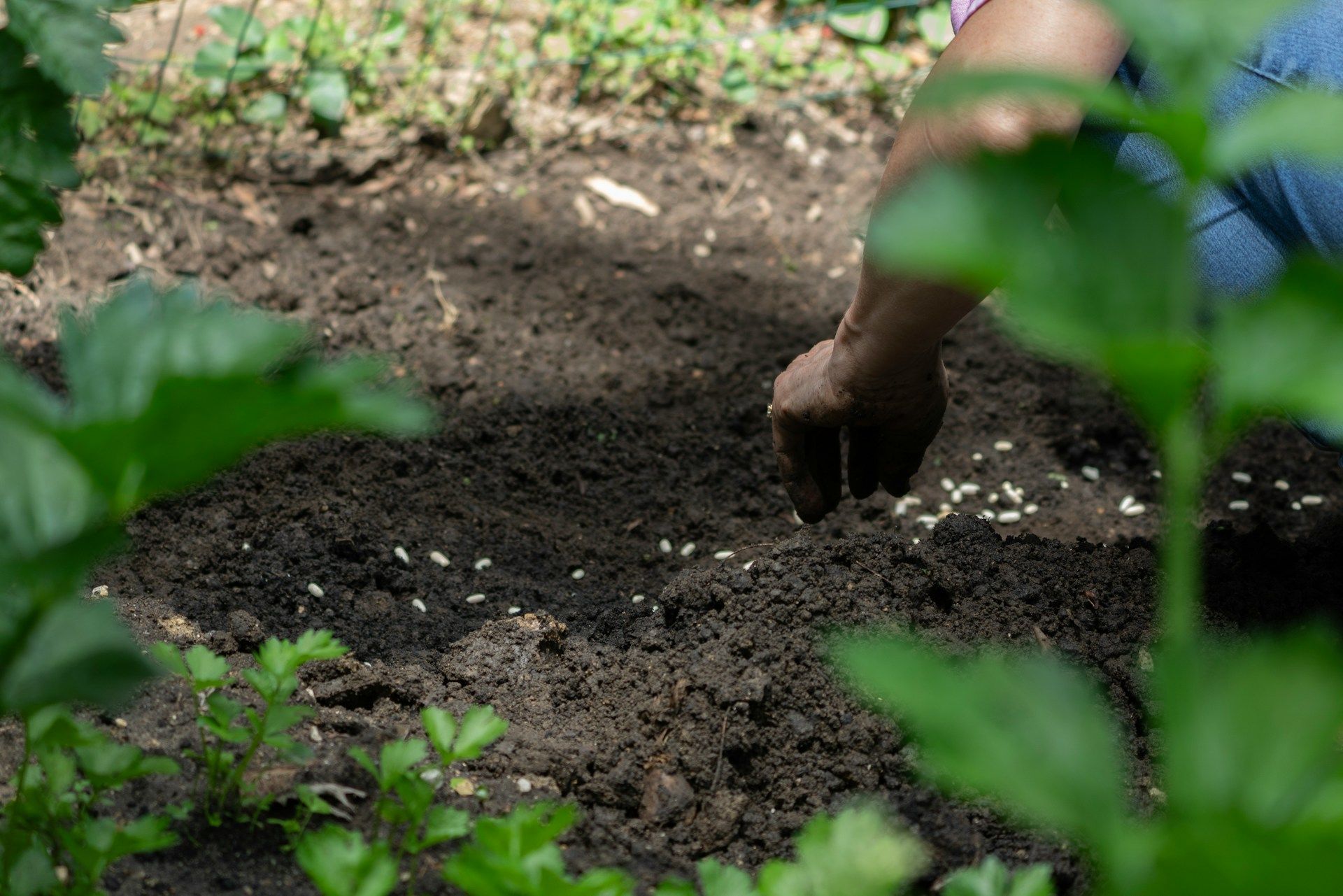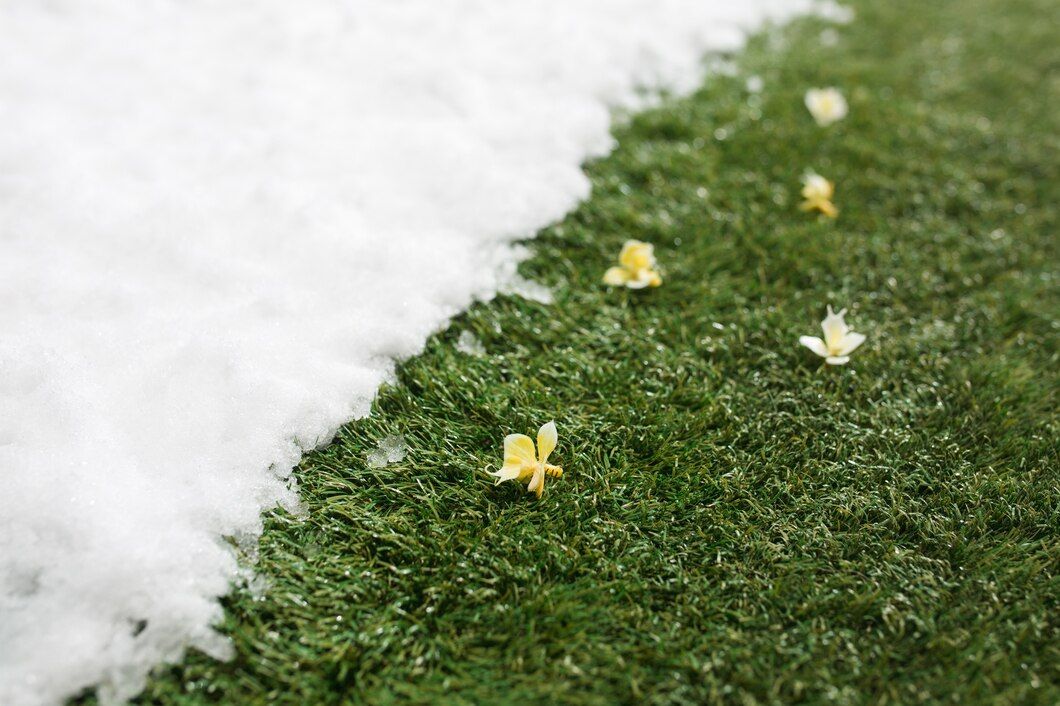Get Your Free Instant Online Quote Here
What Our Customers Are Saying

🟊🟊🟊🟊🟊
"Great service and fertilizer weed guys know what they're doing, very experienced! The best!"
Dan R.
East Brunswick

🟊🟊🟊🟊🟊
"Once I signed up for the mosquito preventative application, my family and I have been able to relax on our back deck for the first time in years."
Scott B.
Old Bridge
Button
🟊🟊🟊🟊🟊
"Got a prompt accurate quote, all details concerning pricing and treatment applications were expertly explained. Their program looks to me as a good value. My first treatment went exactly as they said it would."
Frank A.
Marlboro
🟊🟊🟊🟊🟊
🟊🟊🟊🟊🟊
"Great company with excellent service and lightning quick communication. Technologically ahead of the competition and professionally run."
Chris N.
East Brunswick
Button
🟊🟊🟊🟊🟊
"Healthy Lawn is a fantastic company! My lawn and landscaping look amazing. They have great customer service with knowledgeable and friendly employees. I would definitely recommend them."
Samantha L.
Matawan
Button
The Best Strategies for Summer Lawn Care in New Jersey
Maintaining a healthy lawn during the scorching summer months in New Jersey can be challenging, but with the right strategies, you can keep your lawn looking lush and green. Summer lawn care requires a specific approach to tackle the high temperatures, increased foot traffic, and potential pest issues. By focusing on effective watering, proper mowing, suitable fertilization, and robust pest management, you can ensure your lawn thrives all season long.
Proper summer lawn care starts with understanding the unique needs of your yard during this demanding period. Watering your lawn correctly can make a significant difference in its health and appearance. Coupled with the right mowing practices and timely fertilization, these actions provide a solid foundation for a vibrant lawn. Additionally, staying vigilant about pest and disease management ensures your efforts aren't undermined by unwelcome invaders. Let's dive into the best strategies for keeping your lawn in top shape this summer.
Watering Your Lawn Effectively in Summer
Importance of Proper Watering
Watering your lawn properly is crucial during summer. Consistent watering ensures that your grass stays healthy and green even in the hottest months. It helps maintain the soil's moisture, making it easier for grass to absorb necessary nutrients. Improper watering can lead to dry, brown patches and make your lawn susceptible to diseases and pests. Ensuring your lawn gets the right amount of water helps the grass develop deep roots, which improves drought resistance and overall health.
Best Time to Water Your Lawn
Timing is key when it comes to watering your lawn. The best time to water is early in the morning, preferably between 6 a.m. and 10 a.m. Morning watering allows moisture to soak into the soil and reach the roots before the heat of the day causes evaporation. Watering in the evening might seem convenient, but it can leave your lawn wet overnight, which can lead to fungal growth and other diseases. The cool morning air helps water to permeate the soil effectively without losing much to evaporation.
Watering Techniques and Amounts
Effective watering is about technique as much as it is about timing. Deep and infrequent watering is better than shallow, frequent watering. A good rule of thumb is to provide about 1 to 1.5 inches of water per week, including rainfall. To measure this, place a rain gauge or shallow container in your yard while watering to keep track of the water level. Use an oscillating sprinkler or soaker hose for even distribution. Ensure that the water soaks deep into the soil, encouraging deep root growth. Avoid overwatering, as this can lead to runoff and waste, not to mention potential issues with root rot and mildew.
Mowing Practices for a Healthy Summer Lawn
Ideal Lawn Height for Summer
Setting your mower to the correct height is vital for summer lawn care. During the hot months, aim to mow your lawn at a higher setting—typically around 3 to 4 inches. Taller grass provides shade for the soil, keeping it cooler and reducing water evaporation. It also helps to prevent weed seeds from germinating by blocking sunlight. Keeping the grass at this height protects the roots and helps the lawn maintain its resilience against heat and drought stress.
Mowing Frequency Guidelines
Mowing frequency plays a crucial role in maintaining a healthy lawn. During summer, you might need to mow more often, but it's essential to avoid cutting too much at once. As a general rule, never cut more than one-third of the grass blade height in a single mowing session. Cutting too much grass at once can stress the plants and make them more vulnerable to disease and pests. Typically, mowing once a week is sufficient but adjusted based on the rate of grass growth. If growth slows due to extreme heat or drought, reduce mowing frequency accordingly.
Proper Mowing Techniques
Proper mowing techniques ensure your lawn stays healthy and robust:
- Keep your mower blades sharp. Dull blades tear the grass rather than cutting it, which can lead to brown tips and make the grass more susceptible to disease.
- Mow in different directions each time to prevent soil compaction and help the grass grow more upright.
- Leave grass clippings on the lawn. They act as a natural fertilizer, returning nutrients to the soil. This process, known as grasscycling, can help your lawn stay lush and healthy.
- Finally, avoid mowing your lawn when it's wet, as wet grass can clump and clog your mower, and the tires can cause compaction or damage to the turf.
By following these guidelines, you can maintain a beautiful, healthy lawn throughout the hot summer months.
Fertilization and Weed Control Strategies
Choosing the Right Fertilizer for Summer
Selecting the right fertilizer for summer is crucial. During the hot months, it's best to use a slow-release, nitrogen-rich fertilizer to provide steady nourishment. Slow-release formulas ensure your lawn gets consistent nutrients over time without the risk of burning the grass. Look for products labeled specifically for summer use, as they often contain additional nutrients that help your lawn withstand heat and drought.
Timing and Application Tips
Applying fertilizer at the right time is just as important as choosing the right product. The best time to fertilize in the summer is during the early morning or late evening to avoid the intense midday heat, which can cause the fertilizer to evaporate and not be fully absorbed by the soil. Water your lawn lightly after applying fertilizer. This helps to settle the fertilizer into the soil and minimizes the risk of burning the grass due to high nutrient concentrations.
Effective Weed Control Methods
Weeds can be particularly troublesome during summer. Effective weed control starts with a healthy, dense lawn, which limits the space available for weeds to grow. Use pre-emergent herbicides in the spring to prevent weeds from germinating. For weeds that do appear in summer, spot-treat them with post-emergent herbicides to avoid damaging your grass. Hand-pulling weeds can also be effective, especially for isolated patches. Keep your lawn well-maintained through regular mowing, watering, and fertilization to discourage weed growth naturally.
Pest and Disease Management During Summer
Common Summer Pests and Diseases in New Jersey
Summer in New Jersey brings specific pests and diseases that can harm your lawn. Common pests include grubs, chinch bugs, and sod webworms, which feed on grass roots and leaves. Common lawn diseases during summer, such as brown patches and dollar spots, thrive in hot, humid conditions. These issues can quickly spread and cause significant damage if not addressed promptly.
Prevention and Treatment Options
Preventing pests and diseases involves maintaining a healthy, well-cared-for lawn. Proper watering and fertilization strengthen your grass, making it less vulnerable to pests and diseases. For pest control, consider using natural predators like nematodes or beneficial insects. For diseases, using fungicides can help to control outbreaks. Applying these treatments early at the first signs of trouble is crucial for effective management.
Signs to Watch For and When to Seek Professional Help
Identifying the signs of pests and diseases early can save your lawn from severe damage. Look for brown or dead patches, thin or discolored grass, and visible pests, such as grubs. If you notice your lawn deteriorating despite your efforts, it might be time to seek professional help. Lawn care experts have the knowledge and tools to tackle more severe infestations and diseases, ensuring your yard remains healthy and beautiful.
Conclusion
Keeping your lawn healthy and vibrant during the summer months in New Jersey requires diligence and the right techniques. From proper watering and mowing to effective fertilization and pest control, mastering these strategies can make a significant difference in your lawn's appearance and health. However, balancing all these tasks can be challenging. That's where Healthy Lawn comes in.
Our professional
lawn care services are tailored to meet your lawn's specific needs, ensuring it thrives all season long. Take the guesswork out of summer lawn care—contact Healthy Lawn today and enjoy a lush, green lawn.

